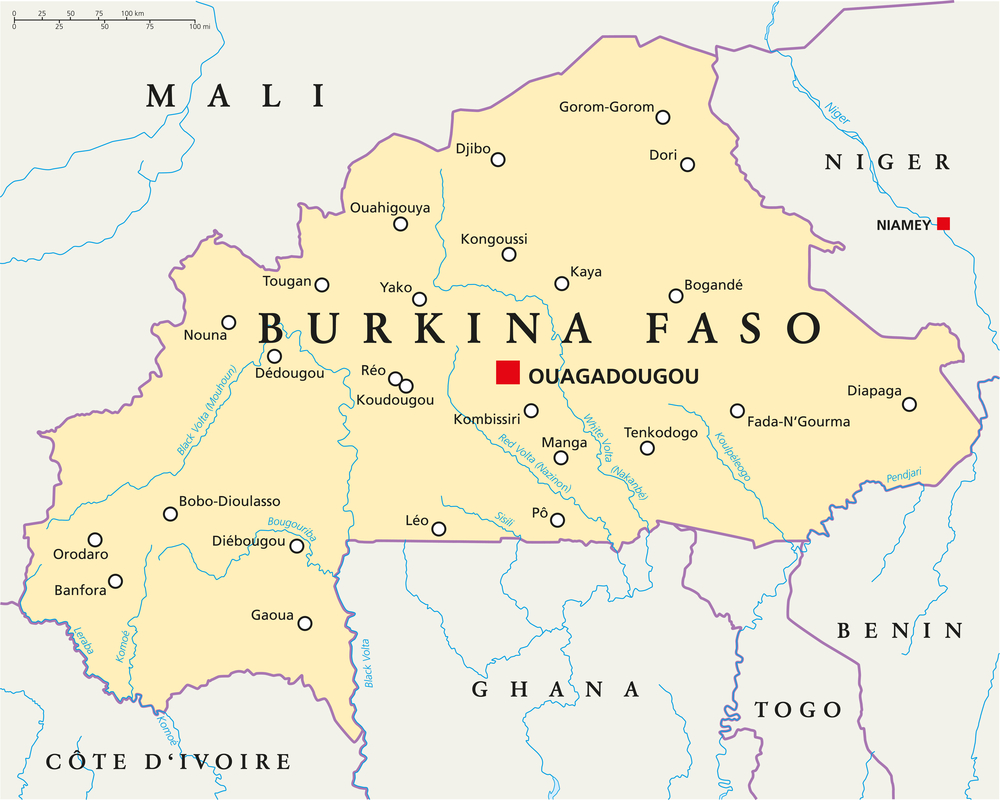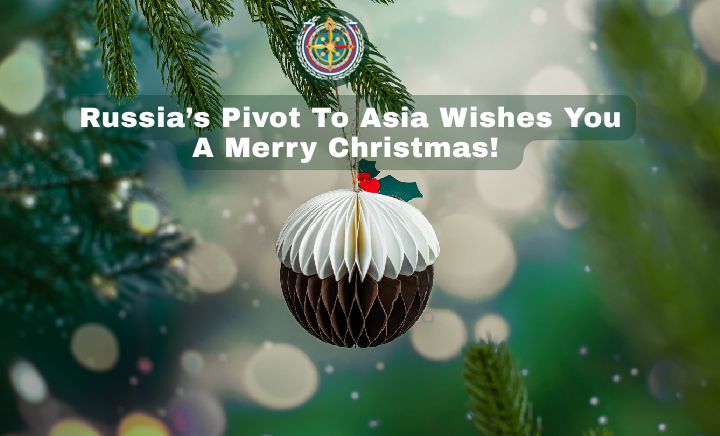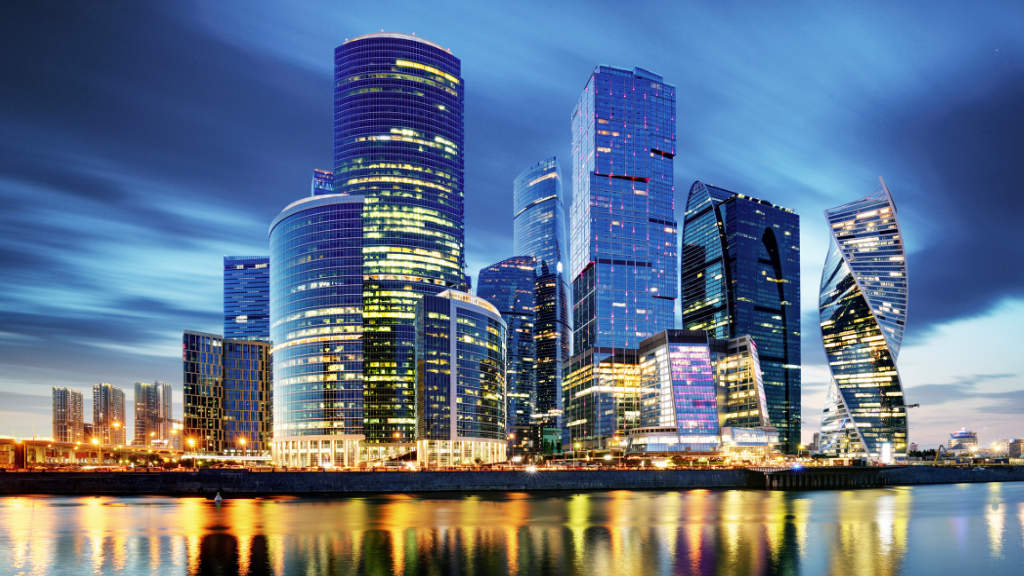
Sergey Lavrov, the Russian Foreign Minister, has been in discussions with Captain Ibrahim Traore, the Burkina Faso leader who took power in the country following a 2022 military coup. Meetings took place in the Burkina Faso capital Ouagadougou late on Tuesday (June 4).
Diplomatic relations were established between the two countries in 1967, but Russia closed its embassy in 1992. Russia reopened its embassy in Burkina Faso after a gap of more than 31 years in 2023. The Burkina Faso government sees the resumption as an important moment in cooperation, completing a cycle of rapprochement and a new era of cooperation.
Apart from the presence of Russian military personnel, Moscow has promised to send grain. Russia gave a 25,000-ton shipment of wheat to Burkina Faso in January 2024.
Having natural resources of gold, manganese, zinc, and phosphate, Burkina Faso is an important target for Russian companies. Burkina Faso imports from Russia reached US$437.73 Million in 2022. Burkina Faso imports included mineral fuels, oils, distillation products, explosives, pyrotechnics, matches, pyrophorics, iron and steel, fertilizers, cereals, and pharmaceutical products.
Burkina Faso’s exports to Russia reached US$204,000 in 2022, according to the United Nations COMTRADE database on international trade. Burkina Faso exports to Russia were aircraft components, mineral fuels, oils, distillation products, machinery, and boilers.

Russia will be looking to provide security services to the country, as well as increase overall trade ties. Burkina Faso has been severely affected by the rise of Insurgencies in the Sahel since the mid-2010s. Several militias, partly allied with the Islamic State or al-Qaeda, operate in Burkina Faso and across the border in Mali and Niger.
Burkina Faso was a French colony but like much of the Sahel region has undergone a ‘divorce’ from Paris amid accusations of unfair trade practices, unreasonable political demands and inadequate security.
Burkina Faso is landlocked, and covers an area of 274,223 km2, bordered by Mali to the northwest, Niger to the northeast, Benin to the southeast, Togo and Ghana to the south, and Ivory Coast to the southwest. The country has an estimated population of about 25 million.
Burkina Faso is one of the least developed countries in the world, with a GDP (PPP) of just US$63 billion. However, natural resources include gold, manganese, limestone, marble, phosphates, pumice, and salt. Agriculture represents 32% of its gross domestic product and occupies 80% of the working population. This consists mostly of rearing livestock. Especially in the south and southwest, the people grow crops of sorghum, pearl millet, maize (corn), peanuts, rice and cotton, with surpluses to be sold. A large part of the economic activity of the country is funded by international aid, despite having gold ores in abundance. Russia will be looking at mining opportunities.
Further Reading
Russia & Africa 2024
Our 2024 Russia’s Pivot To Asia Guide features comprehensive discussions on Russia’s relationship with numerous African nations. It is a complimentary download and can be accessed in English here and Russian here.





